Concolor cory - Corydoras concolor
Scientific name: Corydoras concolor
Common name: Concolor cory
Family: Callichthyidae
Usual size in fish tanks: 5 - 6 cm (1.97 - 2.36 inch)
014
Recommended pH range: 6.2 - 7.4
Recommended water hardness: 3 - 14°N (53.57 - 250ppm)
0°C 32°F30°C 86°F
Recommended temperature range: 21 - 26 °C (69.8 - 78.8°F)
The way how these fish reproduce: Spawning
Where the species comes from: South America
Temperament to its own species: peaceful
Temperament toward other fish species: peaceful
Usual place in the tank: Bottom levels
Food and Feeding
The Concolor Cory (Corydoras concolor) is an omnivorous bottom-dweller that thrives on a balanced diet of high-quality sinking pellets, flake food, and algae wafers. To keep them in peak condition, supplement their diet with protein-rich treats such as bloodworms and brine shrimp once or twice a week. This varied diet not only enhances their coloration but also supports their overall health. Feeding small amounts twice daily is ideal, ensuring the food reaches the bottom where they can easily forage.
Origin
The Concolor Cory originates from South America, particularly in the Rio Parguaza region of Venezuela. These rivers and streams are typically slow-moving, with soft, slightly acidic water and sandy or muddy substrates where these cories naturally graze for food. Replicating this environment in the aquarium can help them feel more at home and display natural behaviors.
Sexing
Sexing Corydoras concolor is relatively straightforward. Mature females are generally rounder and plumper than males, especially when carrying eggs. Males, on the other hand, tend to have a taller, more pronounced dorsal fin. Observing these physical traits can help distinguish between males and females for breeding purposes.
Breeding
Breeding Concolor Cories can be achieved by providing soft, slightly acidic water with a stable temperature in the mid-range of their comfort zone, around 24°C (75°F). The female will lay her adhesive eggs on a flat surface, such as a plant leaf or aquarium glass. After 4-5 days, the eggs will hatch, and the tiny fry can be fed with infusoria or newly hatched brine shrimp until they grow large enough to accept finely crushed flake food or micro-pellets. Regular water changes and high water quality are essential for the successful rearing of the fry.
Lifespan
With proper care, the Concolor Cory has an expected lifespan of around 5 years, though some may live longer in well-maintained tanks. Consistent water quality, a varied diet, and a peaceful environment contribute significantly to their longevity.
Tank Requirements
The Concolor Cory is a social species that should be kept in groups of at least 6 to mimic their natural schooling behavior. A minimum tank size of 75 liters (20 gallons) is recommended to allow for both hiding places and open swimming areas. Provide a sandy or fine gravel substrate to protect their delicate barbels and avoid sharp decorations that could cause injury. Adding driftwood, smooth rocks, and plants to the tank offers both hiding spots and security, helping them settle in and feel at ease. Soft to moderately hard water with a pH between 6.2 and 7.4 and a temperature of 21-26°C (70-79°F) is ideal for keeping them comfortable and healthy.
Short Description
The Concolor Cory (Corydoras concolor) is a hardy and peaceful species from the rivers of Venezuela. Known for their resilience, they make an excellent choice for community tanks with other peaceful fish. Their unique coloration, peaceful nature, and easy-care requirements make them ideal for both beginner and experienced aquarists. These cories prefer to stay in groups and enjoy a tank setup with both hiding spots and open swimming areas, where they can display their active and social behaviors. Their bottom-dwelling habits and gentle temperament add to the diversity and harmony of community aquariums.
Pictures
Bought by aqua-fish.net from jjphoto.dk.
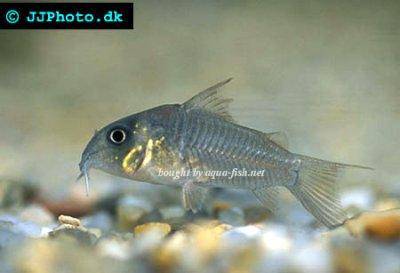



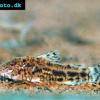 Aspidoras
Aspidoras 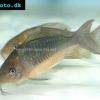 Giant
Giant 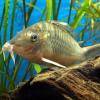 Hognosed
Hognosed 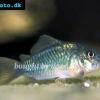 Emerald
Emerald 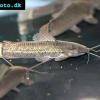 Cascarudo
Cascarudo 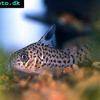 Acre
Acre 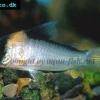 Adolfo’s
Adolfo’s 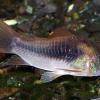 Bronze
Bronze  Agassizii’s
Agassizii’s 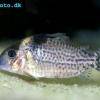 Spotted
Spotted 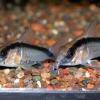 Skunk
Skunk 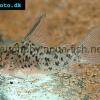 Corydoras
Corydoras 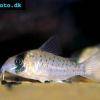 Fairy
Fairy 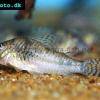 Corydoras
Corydoras 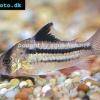 Pink
Pink 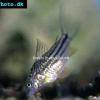 San
San 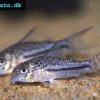 Bond’s
Bond’s 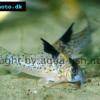 Spotted
Spotted 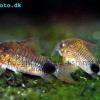 Tailspot
Tailspot  Cope’s
Cope’s  Sand’s
Sand’s 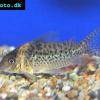 False
False 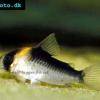 False
False 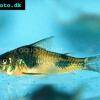 Ehrhardt’s
Ehrhardt’s 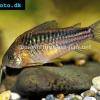 Elegant
Elegant 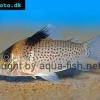 Saddle
Saddle 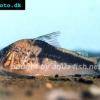 Fowler’s
Fowler’s 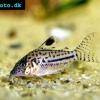 Gomezi
Gomezi 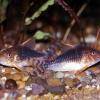 Palespotted
Palespotted 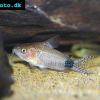 Guapore
Guapore 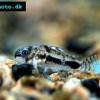 Dainty
Dainty 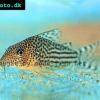 Mosaic
Mosaic 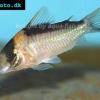 Imitator
Imitator 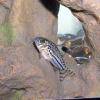 Julii
Julii 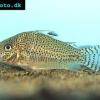 Leopard
Leopard 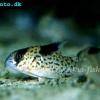 Black
Black 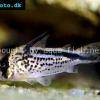 Slant-bar
Slant-bar 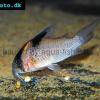 Bluespotted
Bluespotted  False
False 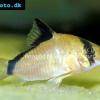 Bandit
Bandit 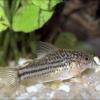 Mini
Mini 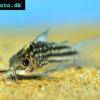 Napo
Napo 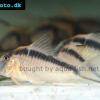 Corydoras
Corydoras  Blue
Blue 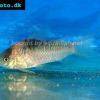 Nijssen’s
Nijssen’s 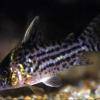 Ornate
Ornate 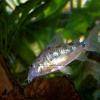 Peppered
Peppered 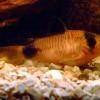 Panda
Panda 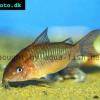 Albertini
Albertini 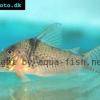 Pastaza
Pastaza 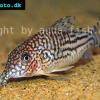 Corydoras
Corydoras 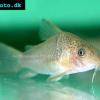 Many-spotted
Many-spotted 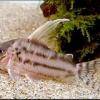 Pretty
Pretty 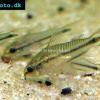 Dwarf
Dwarf  Iridescent
Iridescent 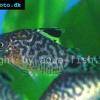 Reticulated
Reticulated 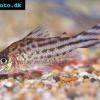 Bannertail
Bannertail 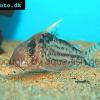 Robust
Robust 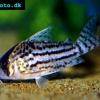 Schwartz’s
Schwartz’s 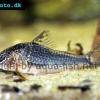 Black
Black 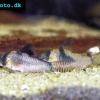 Longnosed
Longnosed 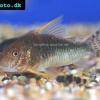 Seuss’
Seuss’ 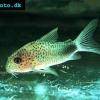 Smudge
Smudge 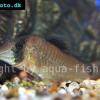 Masquerade
Masquerade 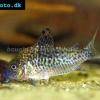 False
False 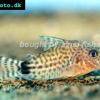 Millenium
Millenium 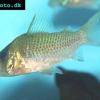 Pinkthroat
Pinkthroat 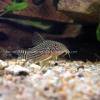 Sterba’s
Sterba’s 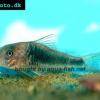 Longsnout
Longsnout 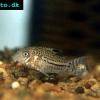 False
False 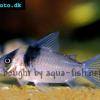 Miguelito
Miguelito 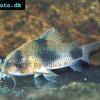 Twosaddle
Twosaddle 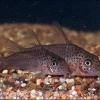 Xingu
Xingu 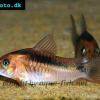 Black
Black 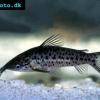 Porthole
Porthole 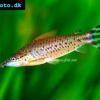 Flagtail
Flagtail 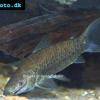 Brown
Brown 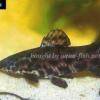 Spotted
Spotted